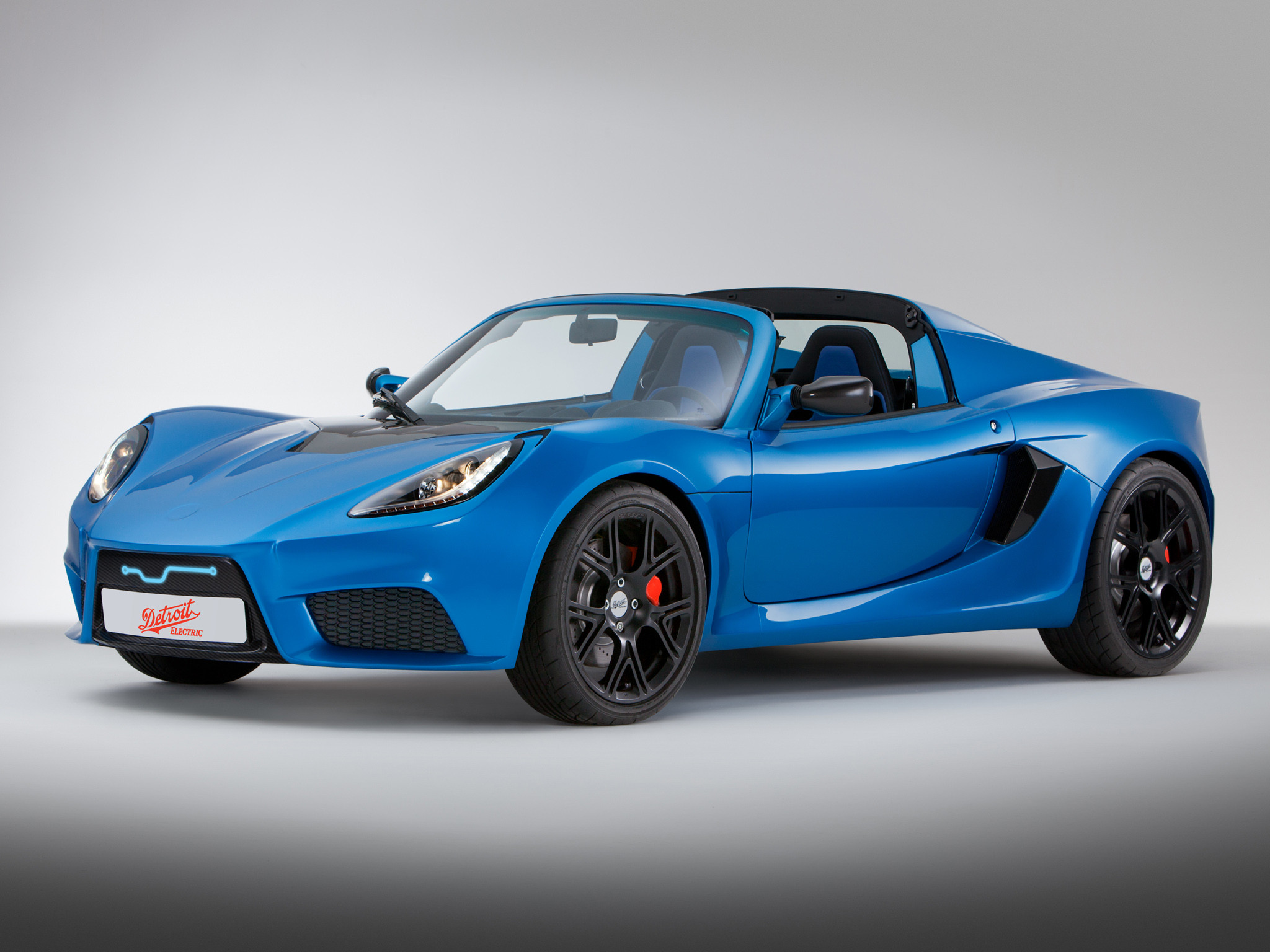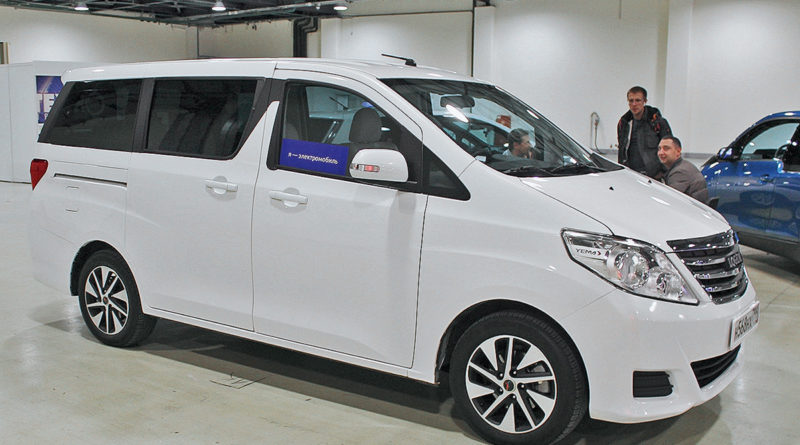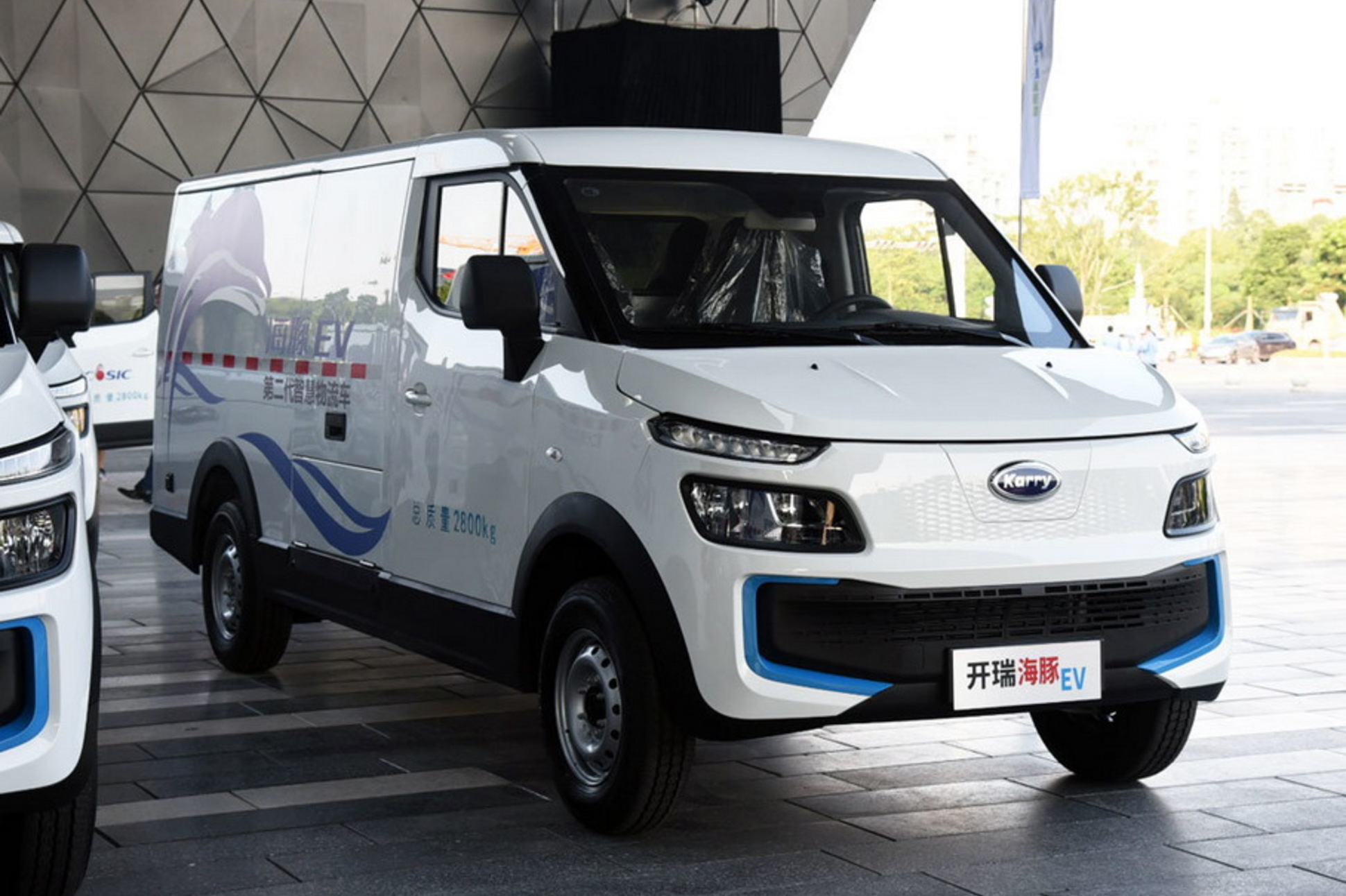
Electric Vehicles - The Future of Transportation
Introduction:
Electric vehicles (EV) are rapidly gaining popularity around the world, and this trend does not bypass Russia. With growing awareness of the importance of going green and reducing our carbon footprint, more people are choosing electric vehicles as an alternative to traditional petrol and diesel cars. They promise not only to reduce their environmental impact, but also to offer drivers new levels of convenience and efficiency.
Description:
Electric vehicles vary in type, performance and purpose, offering a wide range of choices to suit a wide range of driver needs and preferences. Let's look at several categories of electric vehicles and their features:
City electric cars:

Compact and fuel-efficient, city electric cars are ideal for navigating busy city streets. They are small in size, making parking easy, and highly maneuverable. Examples include the Nissan Leaf and Renault Zoe.
Family electric cars:
These cars offer more space and comfort, making them ideal for family trips. They are often equipped with modern security and entertainment systems. Examples include the Tesla Model X and Audi e-tron.
Electric SUVs:
Electric SUVs combine power and environmental friendliness, allowing you to travel comfortably both in the city and off-road. They offer high ground clearance, all-wheel drive and a spacious interior. Examples include the Jaguar I-PACE and Ford Mustang Mach-E.
Electric sports cars:
For those who value speed and dynamics, there are electric sports cars. They are equipped with powerful electric motors that provide impressive acceleration and a high top speed. Examples include the Tesla Roadster and Porsche Taycan.
Commercial electric vehicles:
Electric trucks and vans are becoming increasingly popular in the logistics and delivery industry, offering a cost-effective and environmentally friendly solution for businesses. Examples include the Rivian R1T and Ford E-Transit.
Conclusion:










